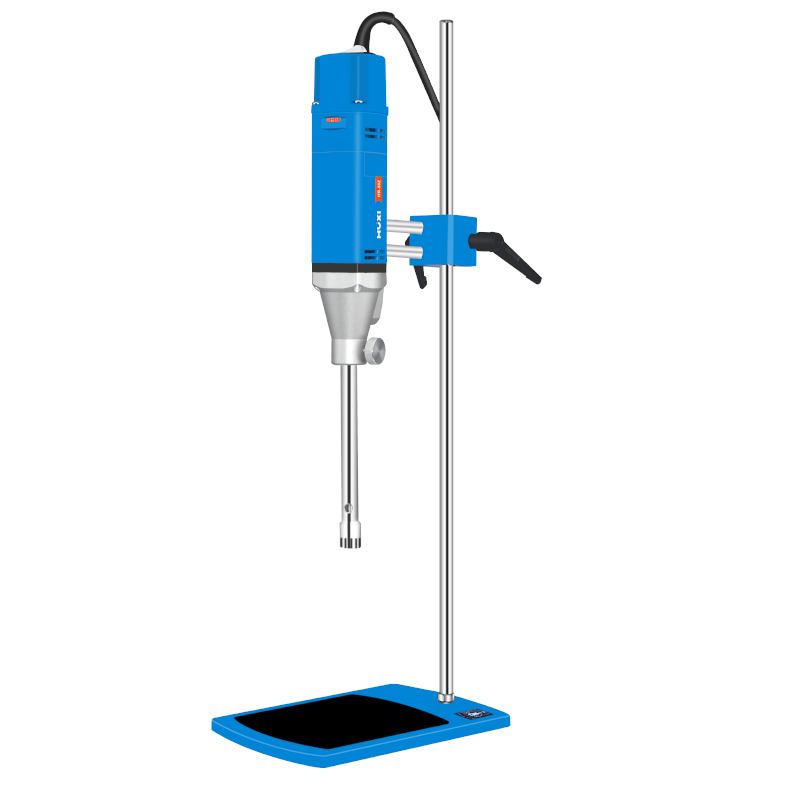Views: 0 Author: Site Editor Publish Time: 2025-09-30 Origin: Site









Homogenization is a critical process in many industries, ensuring that materials are evenly mixed and particles are reduced to a uniform size. Whether in research, manufacturing, or production, the quality of the final product often relies on the efficiency and precision of the homogenization process. For laboratories, this means choosing the right homogenizer that can handle a variety of sample types and achieve the desired level of particle reduction.
Laboratory homogenizers come in many forms: from high-speed, high-shear machines to ultrasonic devices. The selection of the best homogenizer depends on several factors, such as the type of sample, the desired particle size, and the specific application. Additionally, the role of Lubricant Additive components cannot be ignored, as these additives play a significant role in achieving smooth, consistent emulsions and suspensions in various laboratory experiments.

A lab homogenizer is a mechanical device designed to break down large particles in a mixture into smaller, uniform particles. This process is often critical in the preparation of emulsions, suspensions, and other mixtures that need to maintain a consistent texture or viscosity. Homogenizers can be categorized based on their design and application method, and understanding these types can help you select the best homogenizer for your lab.
High-Shear Homogenizers:
High-shear homogenizers are widely used in laboratory settings due to their ability to produce consistent emulsions and suspensions. These machines use a high-speed rotor to generate shear forces that break down particles and distribute them uniformly. The high shear forces ensure that even the toughest materials are finely processed, making these homogenizers ideal for applications involving Lubricant Additive components or complex mixtures.
Ultrasonic Homogenizers:
Ultrasonic homogenizers utilize sound waves to create high-frequency vibrations that break down particles. These devices are particularly useful for applications requiring very fine particle size reduction. Ultrasonic homogenizers are ideal for preparing small quantities of materials with precise particle size control.
Pressure Homogenizers:
Pressure homogenizers operate by forcing a liquid through a small orifice under high pressure, breaking down the particles as they pass through. This method is particularly effective for emulsions and suspensions, making it ideal for applications that involve Lubricant Additive components.
Lubricant Additive components are substances added to lubricants to improve their properties. These additives are crucial in various applications, including reducing friction, enhancing performance, and preventing corrosion. For a laboratory homogenizer, achieving uniform distribution of these additives is essential for ensuring the effectiveness of the lubricant in its intended application.
The interaction between the homogenizer and Lubricant Additive components is complex. A homogenizer’s effectiveness can be influenced by the type of additive, the base fluid, and the shear forces applied during the homogenization process. Choosing a homogenizer that provides consistent and efficient particle reduction ensures that Lubricant Additive components are evenly distributed, resulting in a more stable and high-performing product.
Selecting the best homogenizer for your lab depends on a variety of factors. Here are some key considerations when choosing a homogenizer for your laboratory:
The first consideration when selecting a homogenizer is the type and volume of the sample. For small-volume samples, an ultrasonic homogenizer may be sufficient, while larger volumes may require a high-shear or pressure homogenizer.
If your work requires achieving very fine particle sizes, an ultrasonic or high-shear homogenizer is typically the best choice. These devices provide high energy and shear forces that break down particles into smaller sizes, ensuring uniformity.
Uniform Dispersion: The main advantage of using a homogenizer is the ability to achieve uniform dispersion of particles. This is particularly important when working with materials like Lubricant Additive components, which must be evenly distributed to ensure the effectiveness of the final product.
Improved Efficiency: Homogenizers save time by quickly breaking down particles, which is especially valuable when working with large volumes of material or complex formulations.
Consistency and Quality: By achieving consistent particle sizes, homogenizers help ensure that products meet strict quality standards, whether in pharmaceuticals, food, or chemical formulations.
The best lab homogenizer for your needs will depend on the type of sample, desired particle size, and specific application. Homogenizers like the FJ300-SL High-Speed Dispersing Homogenizer, UP200S Ultrasonic Homogenizer, and Avestin EmulsiFlex-C3 Pressure Homogenizer stand out for their versatility, precision, and efficiency. Regardless of the model you choose, it’s important to understand how Lubricant Additive components can affect the homogenization process. Ensuring that these additives are evenly distributed will improve the performance of your final product, making the selection of the right homogenizer even more critical.